-
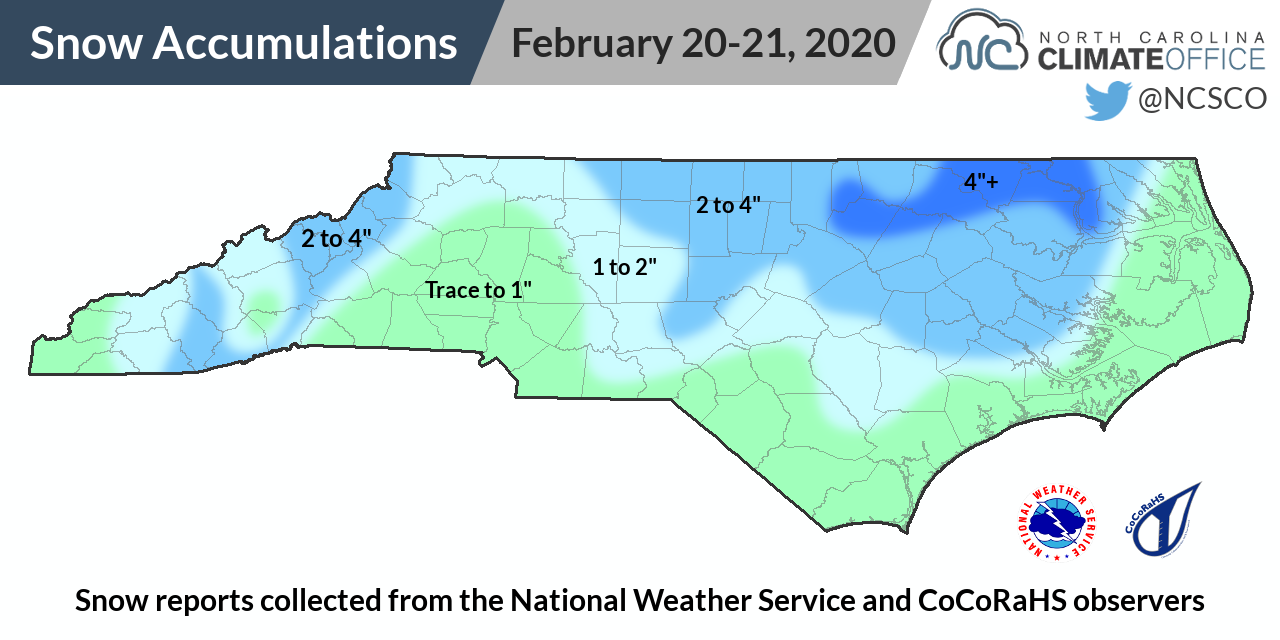
Our friends at the North Carolina Climate Office post a monthly climate summary of what has gone on in their state. The latest one, for February 2020, is now available at https://climate.ncsu.edu/climateblog?id=311&h=5666e5c1 . Check it out!
Posted in: Climate summaries -

Farmers face many threats from the environment, from pests and diseases to extreme weather. The Daily Tar Heel described some of the new challenges agricultural producers are facing from the changing climate and how it is affecting their blueberries and other crops in this article posted last week. Farmers in other Southeastern states will understand…
-
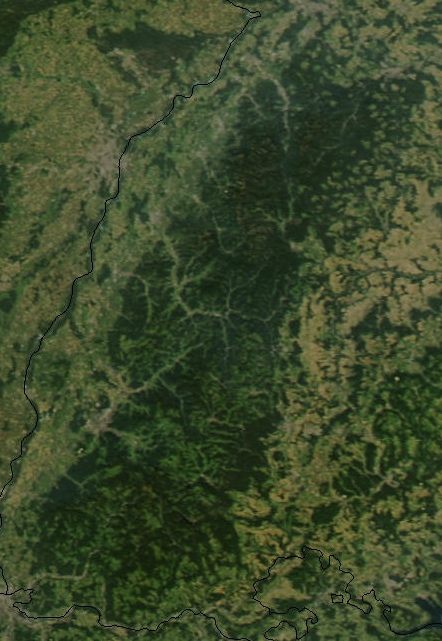
In the Southeast, changes in land use from bare ground croplands to forests are thought to be one of the contributing factors to the cooling that Georgia and other Southeastern states saw in the period from roughly the 1940’s to the 1970’s. Now a similar land use change in western Europe is leading to cooler…
-
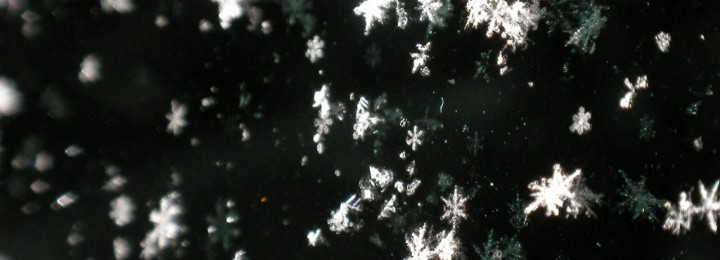
One of the oddest stories of this past winter coming out of Europe is that many areas that normally see a lot of cold and snow have seen almost no snow at all this year. In Finland, not a single snowflake was seen for the entire winter, which left some residents sad, not only because…
Posted in: Climate and Ag in the news -
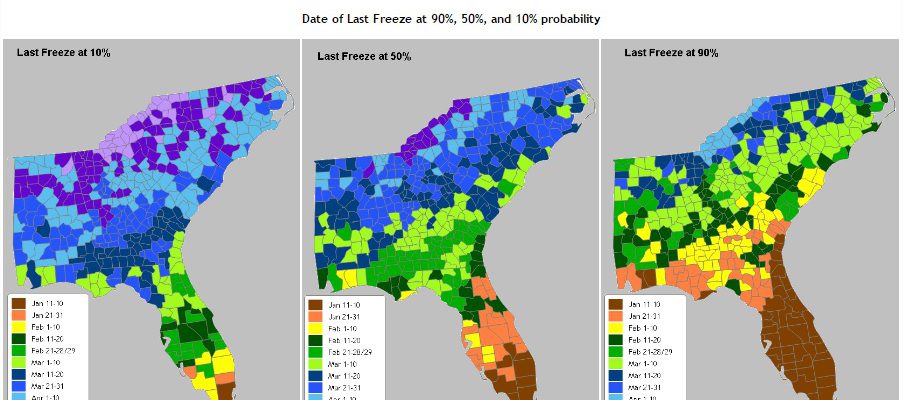
I’ve started to get questions about whether or not we have seen our last frost for this spring after the warm winter we have just finished. However, it is still well before the average date of last spring frost for most parts of the region except for the Florida Peninsula, so climatologically it seems unlikely…
-

Proxy data like tree rings, pollen cores from lakes, and ice cores from glaciers can help scientists decipher the long-range climate history of a location by figuring out how the patterns of pollen or tree rings relate to the temperature and precipitation at the time they were laid down. Cave mineral deposits called “flowstones”(you probably…
-
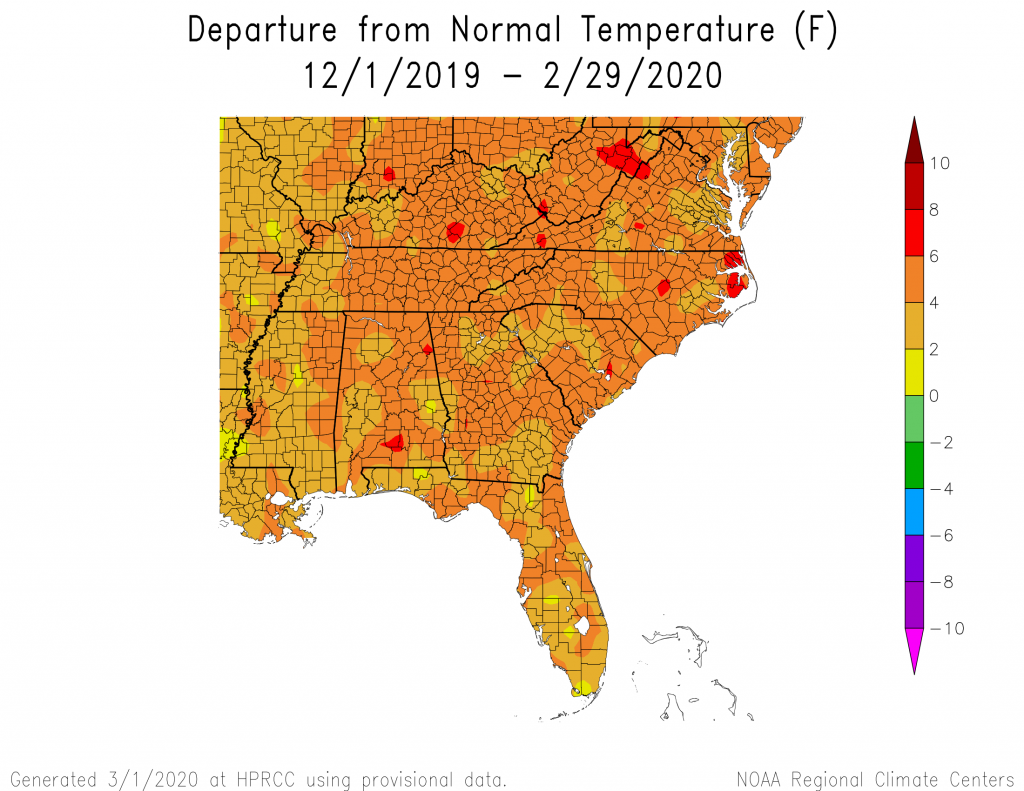
The latest seasonal climate maps for winter 2019-2020 (December 1, 2019 to February 29, 2020) show that temperatures were several degrees warmer than normal across the region. As you might expect, there was a lot of variability in precipitation across the region, with northern parts getting much more rain than central Florida as the pattern…
Posted in: Climate summaries